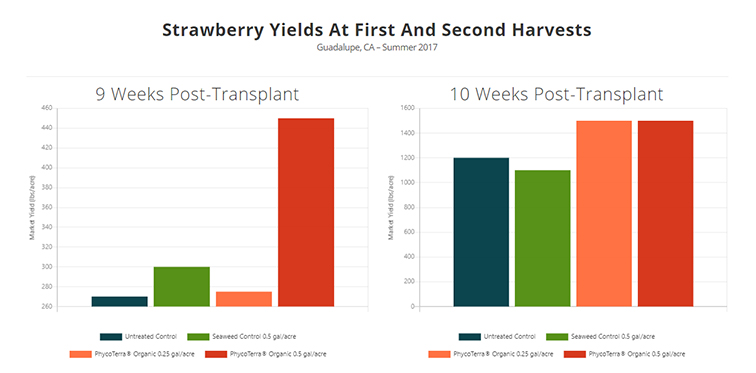Working In High Heat: Understanding The Risks
Farmers and ranchers perform job responsibilities in all types of weather conditions including excessive heat and humidity. It is important for agricultural producers to understand risks associated with working in high heat work environments, potential heat-related illnesses, precautionary steps, and appropriate medical responses.
Understanding The Body’s Response To Heat
Our body’s primary defense against heat is through sweating. Sweating allows moisture to collect on the skin and evaporate. Sweating happens when the surrounding environment becomes greater than skin temperature. When this occurs, an internal body system called the sympathetic nervous system releases a chemical called acetylcholine which turns on sweat glands in the skin in an area called the dermis. The sweat glands release moisture and move it to the outer surface of the skin for cooling. However, in hot, humid weather, the moisture does not always evaporate and can collect on the skin causing the body to warm up and the heart to pump more blood to the skin. When this happens, the body starts to sweat excessively and depletes the body of water and electrolytes, which can lead to a heat-related illness.
The range for normal body temperature is between 96° to 100°F. Hard exercise, strenuous work, or fever will usually put the body in a range between 101° to 105°F. At 105° to 107°F, cooling treatment or fever therapy may be needed, and at even higher body temperatures, heat exhaustion and heat stroke usually occur. Heat exhaustion and heat stroke indicate a serious impairment to the body’s cooling system and is a definite signal for medical assistance. Heat stroke or body temperatures beyond 110°F may result in death. In addition to heat exhaustion and heat stroke, which typically are the most severe and require immediate medical attention, there are three other heat-related illnesses: heat rash, syncope, and cramps.
Risk Factors For Heat-Related Illnesses
Everyone is at risk for heat-related illness if they do not follow standard precautionary measures. The following factor(s) can increase the chance for developing one of the five main heat-related illnesses:
• Being elderly or an infant.
• Having certain medical conditions such as circulatory problems, heart conditions, or pregnancy.
• Being physically unfit or overweight.
• Consuming alcohol and/or drugs (including prescription medication; for example, the medication atropine interferes with the ability to sweat).
• Having lower heat tolerance levels or not becoming acclimated to working in high heat and humidity.
• High temperatures and humidity levels in the environment (as well as sun radiation or heat-conducting surfaces like black asphalt).
• Not having adequate fluid intake levels needed to hydrate the body.
• Limited air flow or breeze to aid in the cooling process.
Recommendations To Avoid Heat-Related Problems
• Do not wait until you are thirsty — drink approximately 8 ounces (1 cup) of water every 15 to 30 minutes.
• Take a 15-minute break in a shaded area every two hours.
• Monitor the weather, and schedule strenuous work activities accordingly to reduce exposure to high heat situations.
• Wear light-colored, lightweight, and loose-fitting clothing.
• Avoid the use of alcohol, drugs, caffeine, and large amounts of sugar when exposed to heat because they can increase your rate of dehydration.
• Check your prescriptions and over-the-counter medications to determine if there are any side effects when you are exposed to heat.
• Appropriately wear specialized protective gear such as cooling vests to reduce your risk of a heat illness; if used inappropriately, heat illness can actually increase.
• Learn about prevention of heat illness and teach your workers about health and safety instructions related to working in hot weather and appropriate responses to heat-related illnesses.
• Gradually build up a tolerance to working in the heat. If a person has a severely low tolerance to heat, that person may need to perform tasks that limit exposure to the heat.
• Certain types of personal protective equipment (PPE) can increase the risk of heat stress, such as protective suiting. Schedule jobs that require PPE during cooler times of the day.
• Recognize the conditions that can affect body heat such as fever, physically strenuous work, and even time of day (for example, body temperature is higher in late afternoons).
• Talk to your physician if you have a chronic health condition or disability (e.g., spinal cord injuries, multiple sclerosis) before working in the heat.
More information including a video about the risk of heat-related illnesses for outdoor workers can be found at the Occupational Safety and Health Administration website at www.osha.gov/SLTC/heatillness/index.html.








